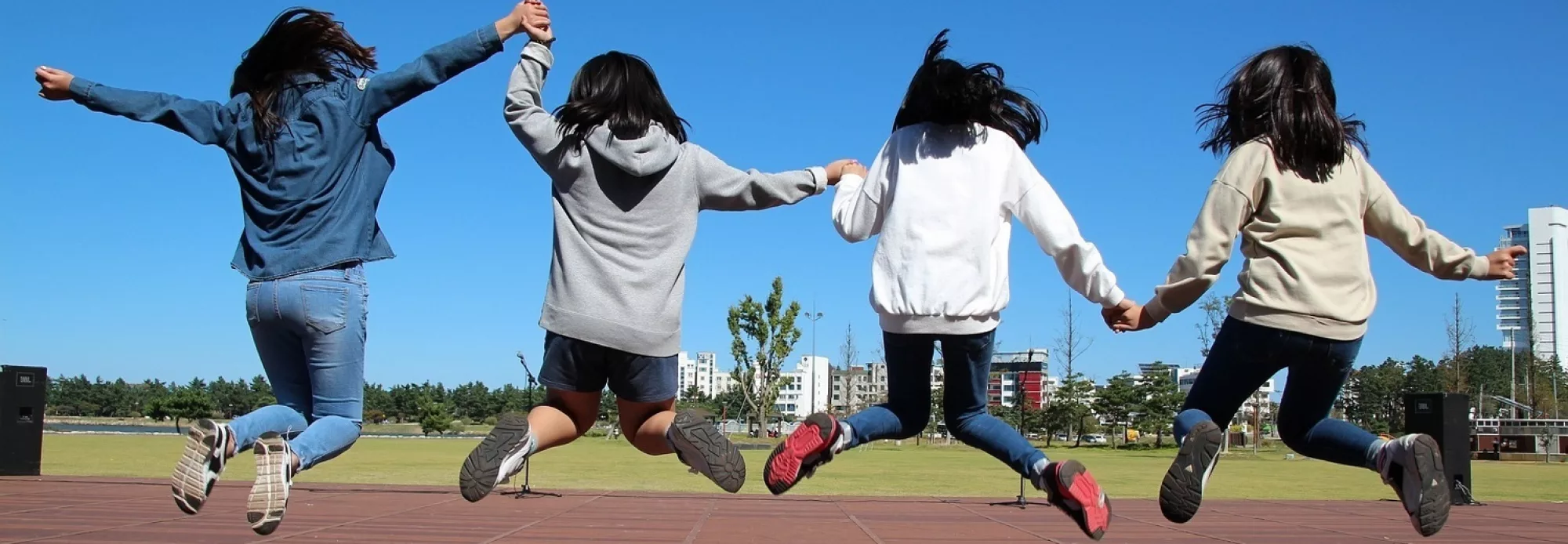This page about children who are looked after is part of an initiative to help people in Wales access research on topics related to social care. The research is chosen or ‘curated’ by people who have professional experience of research in the topic area.
What do we mean by children who are looked after
We say children or young people are looked after if a local authority gets involved with organising their care and/or where they live. Care is usually arranged with foster carers (sometimes referred to as foster parents), with other family members or by placing the child in a children’s home. Arrangements can be for short periods, or for longer, and they can be made either as result of a court order or with the agreement of the child’s parents. These differences, as well as the young person’s age, reasons for being in care and how they will leave care, makes each situation unique and brings different support needs.
What’s the situation in Wales?
The numbers of children looked after in Wales have risen significantly in the last decade. In 2018 there were 6405 children being looked after, compared to 4635 in 2008 – an increase of 38%.
For more information on how many children have been looked after in Wales since 2006, see the Social Care Wales Data Set.
There are also big differences in the rates of children who are looked after between local authorities in Wales. Different levels of deprivation explain some of this, but there are also other factors. These factors may include whether people have access to other services, how local authorities make decisions , their staffing levels and their organisation’s culture.
A summary of my PhD research,“Looked-after” children in Wales: An analysis of the backgrounds of children entering public care, looks at the differences between Welsh local authorities in the numbers of children who are looked after over six years.
Recently researchers have begun to look again at the links between poverty and the rates of events such as children becoming ‘looked after’ or placed on the child protection register. This briefing by Paul Bywaters and colleagues summarises how Wales compares to the other countries of the UK:Identifying and understanding Inequalities in Child Welfare Intervention rates.
A presentation by Jonathan Scourfield looks into the question do children welfare and child protection systems reflect, decrease or reinforce social inequalities that effect children and families (the Slides are only available in Welsh).
Specific examples and data from Wales
Until recently, there has been little research in Wales about the number of children who are looked after or that explains the difference in rates between local authorities. One of the first studies was by Cordis Bright in 2013, commissioned by the All Wales Heads of Children’s Services Research on differences in the looked after children population.
My PhD research, Looked-after children in Wales: An analysis of the backgrounds of children entering public care built on this Cordis Bright study and used data about approximately 15,000 children who had been looked after at some point between April 2008 and March 2014.
See this 2017 report from Child Welfare Inequalities Project for more information on the inequalities in the number of children who are looked after in Wales.
The most recent work looking at the numbers of children being looked after in Wales is this 2019 report by the Wales Centre for Public Policy: Analysis of the Factors Contributing to the High Rates of Care in Wales
This helpful report from 2018, Care Crisis Review Factors, from the Family Rights Group about the possible reasons for increases in Wales and England.
How does the situation in Wales compare to the rest of the UK?
The Child Welfare Inequalities Project funded by the Nuffield Foundation compared intervention rates across the UK, including placing children in care. The Identifying and Understanding Inequalities in Child Welfare Intervention Rates: Comparative studies in four UK countries report provides a summary of the study.
So what do we do about it?
Andy Bilson blogs about the impact of individualised approaches to child protection, which he argues is overly focussed on the actions of parents without proper consideration of the impact of structural forces – growing poverty and inequality.
In this BASW podcast Professor Brigid Featherstone discusses the need for a ‘social model of child protection’.
A response to the re-emerging focus on the role of poverty has been the development in Northern Ireland of an anti-poverty framework for social work. Read the framework.
If you are interested in reading more of the literature around the relationship between child abuse and neglect and poverty this Joseph Rowntree Foundation review,The relationship between poverty, child abuse and neglect, is a good starting point.
Is tackling poverty no longer ‘core business’ for social workers an article by Professor Paul Bywaters.
Contact us
If you have a question or if you can't find what you are looking for get in touch with us.

